A historic budget?
Yesterday saw the first fully Conservative budget since the one delivered by Ken Clarke back in 1996.
The papers in the main were very positive about it, with the Sun going so far as to call it ‘historic’. The Times said that the budget was a critical step towards a higher-wage, lower-tax economy, whilst the Guardian noted that the rise in the minimum wage went further than Labour was planning.
The Financial Times commented that “the Budget was wrapped in the language of lower taxes and lower welfare, as the chancellor slashed the welfare bill and cut income taxes for almost 30 million workers”. Only the Mirror was not impressed.
From an investor’s viewpoint, some of the announcements made had been well trailed and so were expected.
On the pension’s front, for example, those earning over £150,000 will have their tax-free contributions allowance progressively reduced from the current £40,000 per year to a minimum of £10,000. From April 2016, every £2 of income over £150,000 will lead to a loss of £1 annual allowance. This means anyone earning over £210,000 will see their annual allowance limited to £10,000. High earners may well therefore want to think about maximising their pension contributions before April 2016. As the rules are complex, getting financial advice first might make sense.
On another note, the government is consulting on further reforms of pension taxation. The aim is to make pensions simpler, more transparent and possibly closer to Isas.
The much talked about changes to inheritance tax (IHT) will be introduced, with an additional ‘family home’ threshold of £100,000 per person being introduced from April 2017, rising annually to reach £175,000 per person by 2020/21. Combined with the current IHT threshold of £325,000, this will allow estate values of £500,000 per person or £1m per married couple (or registered civil partners) to be passed on free of IHT.
For landlords, mortgage interest tax relief is set to be limited to the basic rate (20%) in the future. This will affect landlords who pay the higher rates of tax. The aim is to help level the tax playing field between investment property and shares.
There are also changes to the way the taxation of dividend income works. From April 2016, the dividend tax credit is to be replaced with a new £5000 tax-free dividend allowance. However, dividend tax rates above this are to go up from zero to 7.5% for basic rate taxpayers, from 25% to 32.5% for higher rate taxpayers, and from 30.56% to 38.1% for additional rate taxpayers. It is likely that those receiving significant amounts of dividend income will now pay more tax, though full details of the scheme have not been made clear yet.
However, there will still be no further tax to pay on dividends from investments held within Isas and pensions, so using Isas and pensions to shelter investments from tax becomes even more important.
For businesses, corporation tax is to be cut to 19% in 2017, and then to 18% from 2020. This is down from 28% when George Osborne took over as Chancellor in 2010. NI contributions for small firms will also fall, with a £3,000 employment allowance. This means a small firm could hire four staff on the national Living Wage and pay no national insurance. The annual investment allowance, which has been a temporary tax break for firms, will be set at £200,000 permanently from January 2016.
With regards the economy, the Office for Budget Responsibility (OBR) has held its economic growth forecasts for 2015 and 2016, but increased its predictions for GDP in 2017-2020 from 2.3% pa to 2.4% pa. The OBR also predicts that another 1 million jobs will be created over the next five years, with wages picking up from 2.2% this year to 4.4% in 2020.
For help or advice on what this means for you and/or your financial planning, contact Kellands today.
